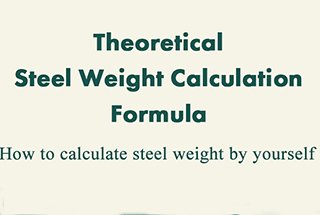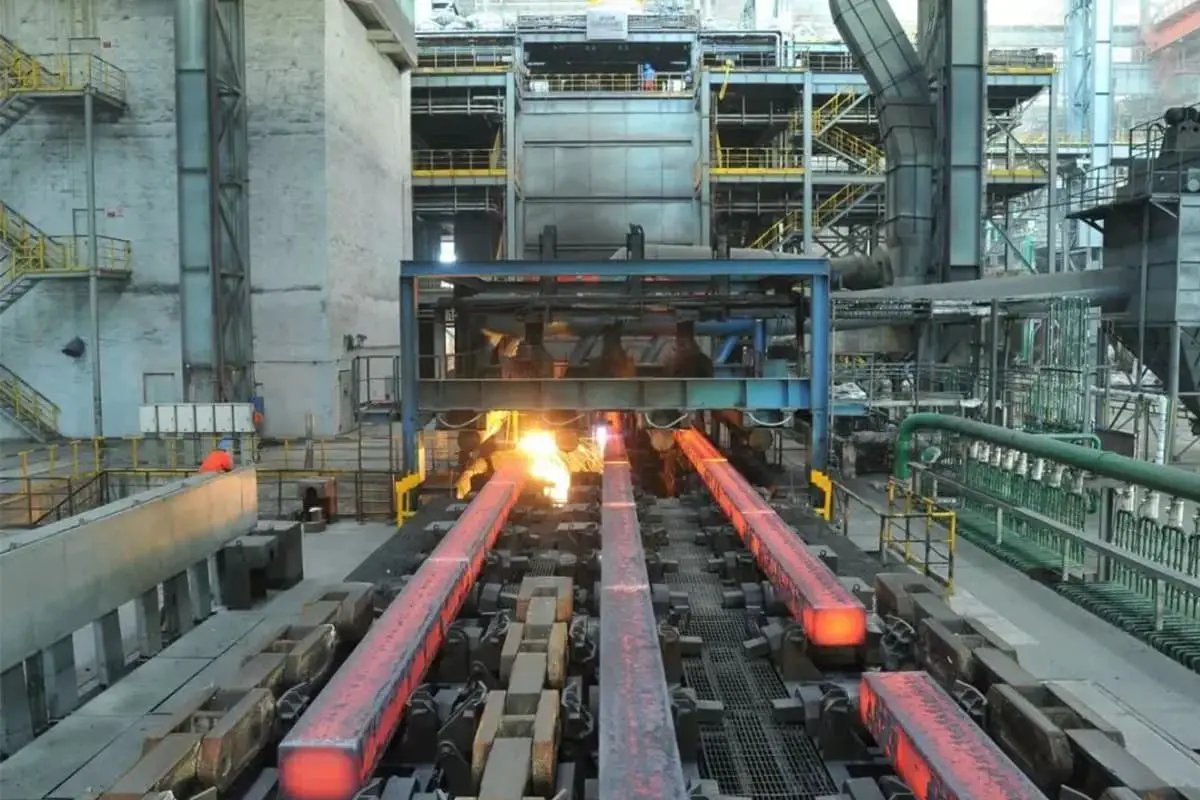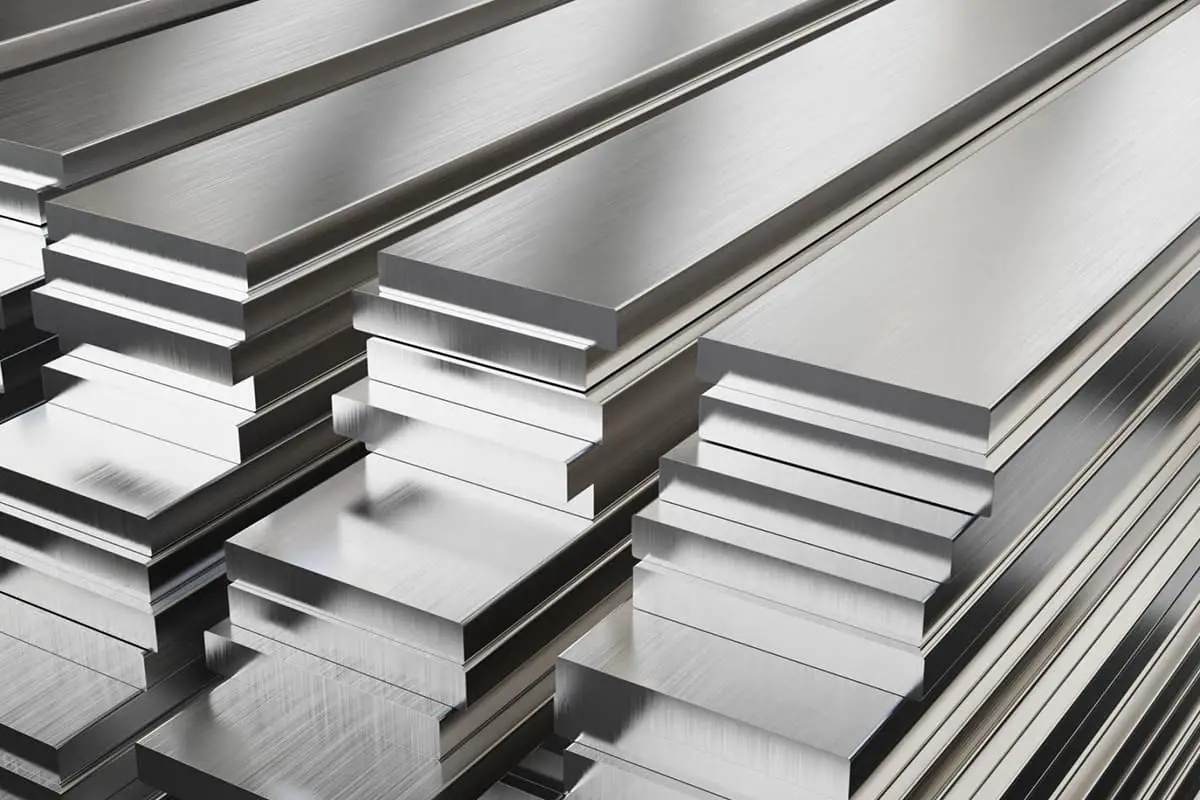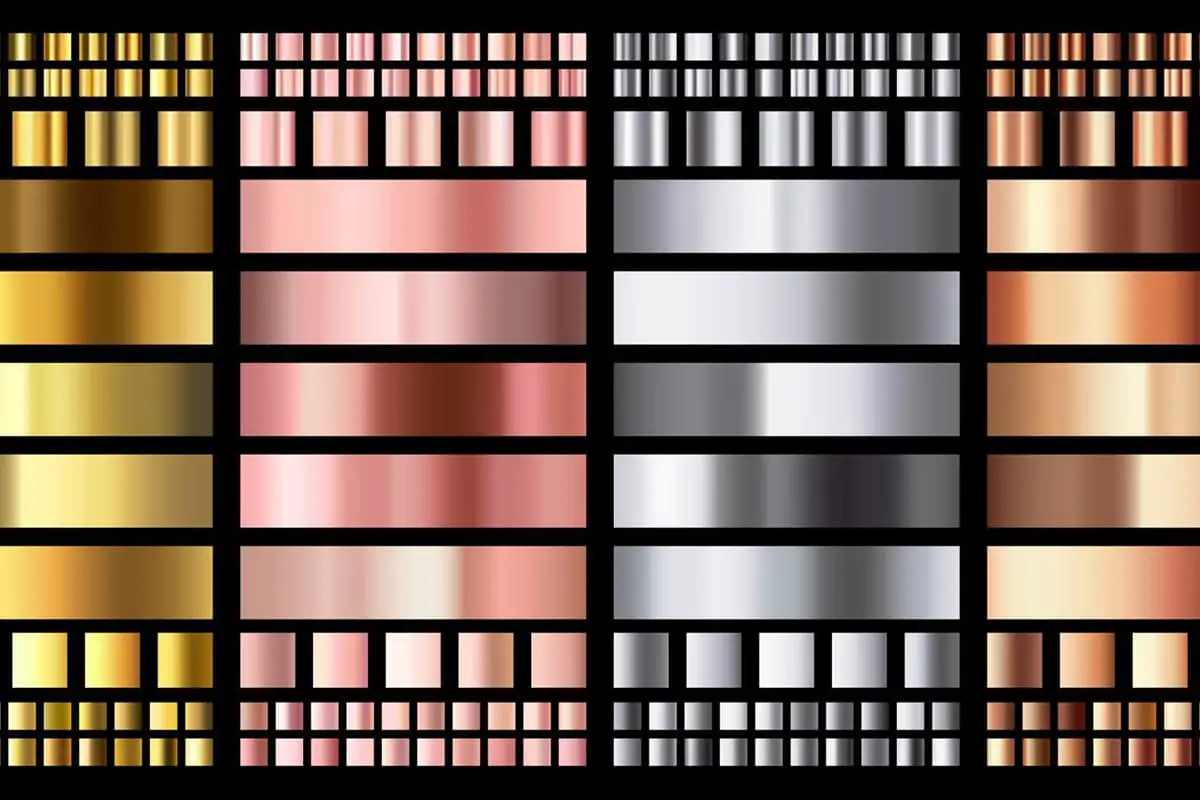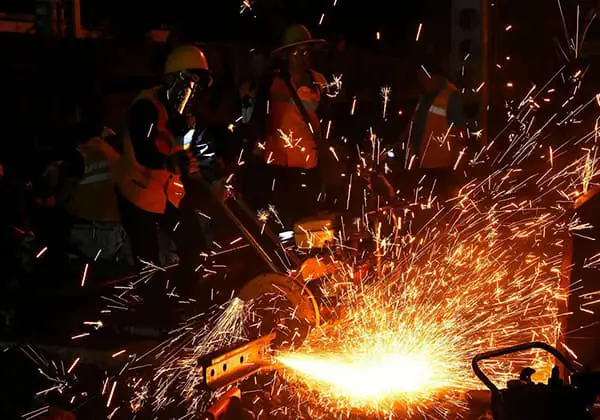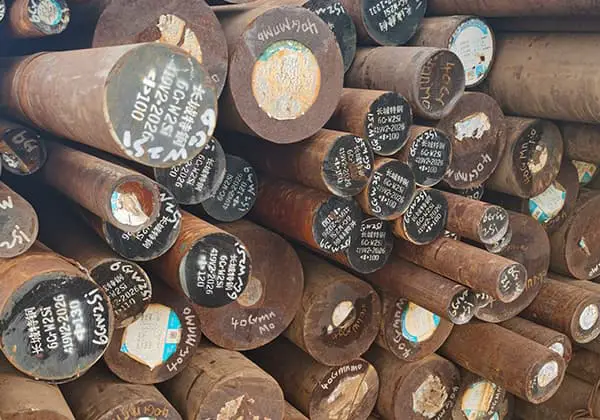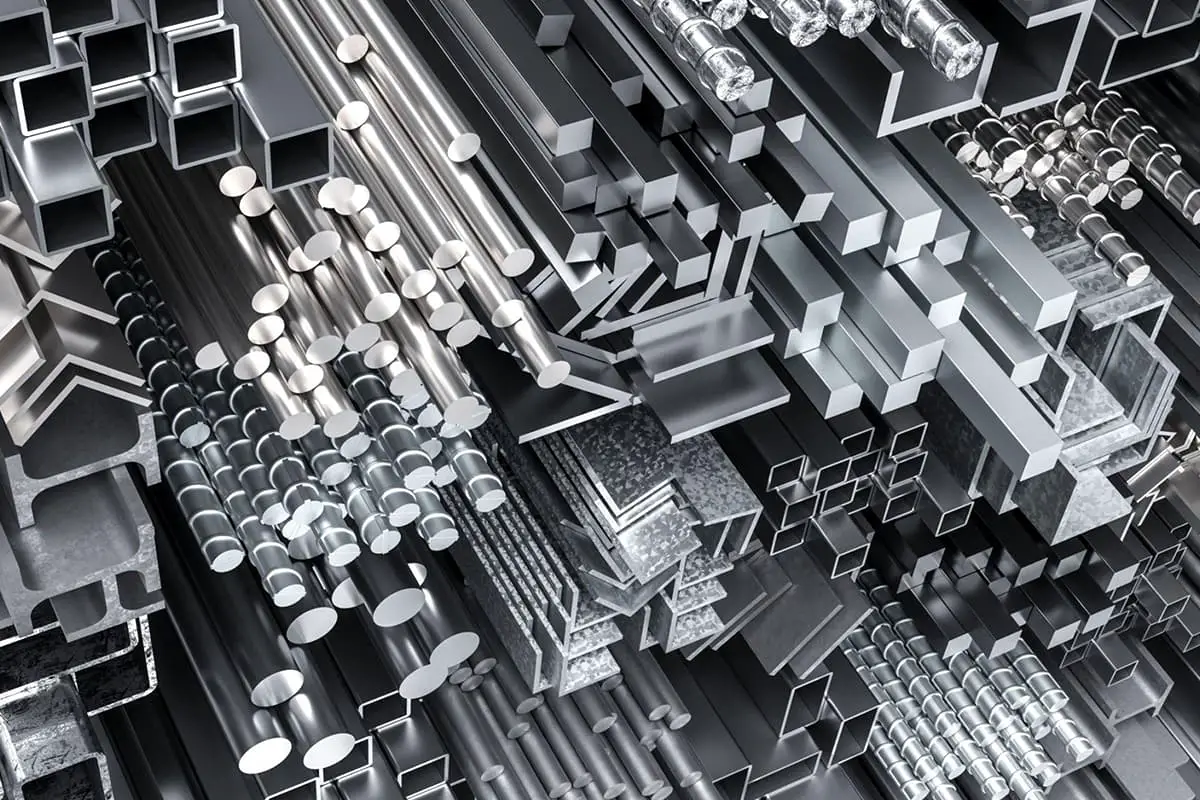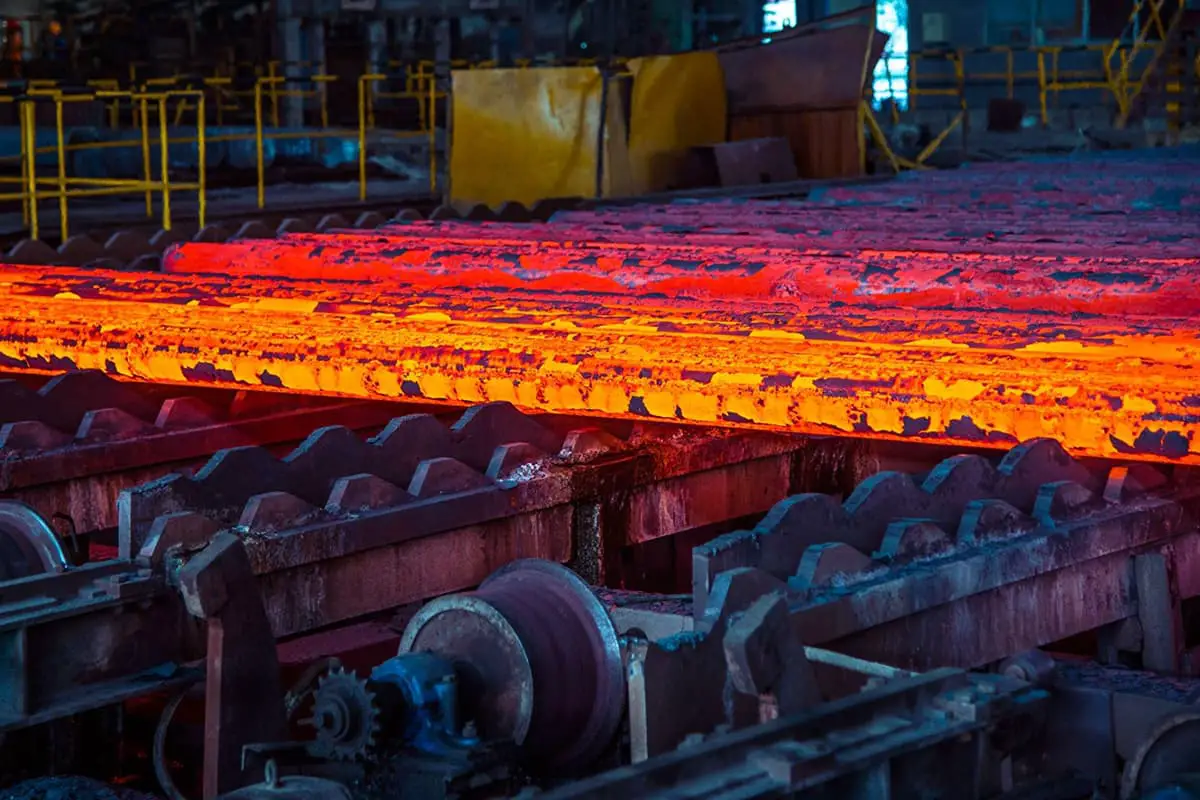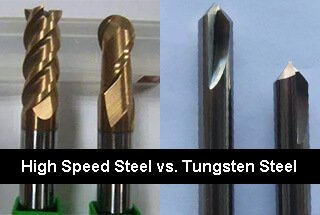
Have you ever wondered what sets tungsten steel apart from hard alloy? Despite common misconceptions, these materials have distinct differences in composition and application. This article delves into the unique properties of tungsten steel and hard alloys, explaining their manufacturing processes and usage. By the end, you’ll understand the specific benefits of each material, helping you make informed decisions in your engineering projects.
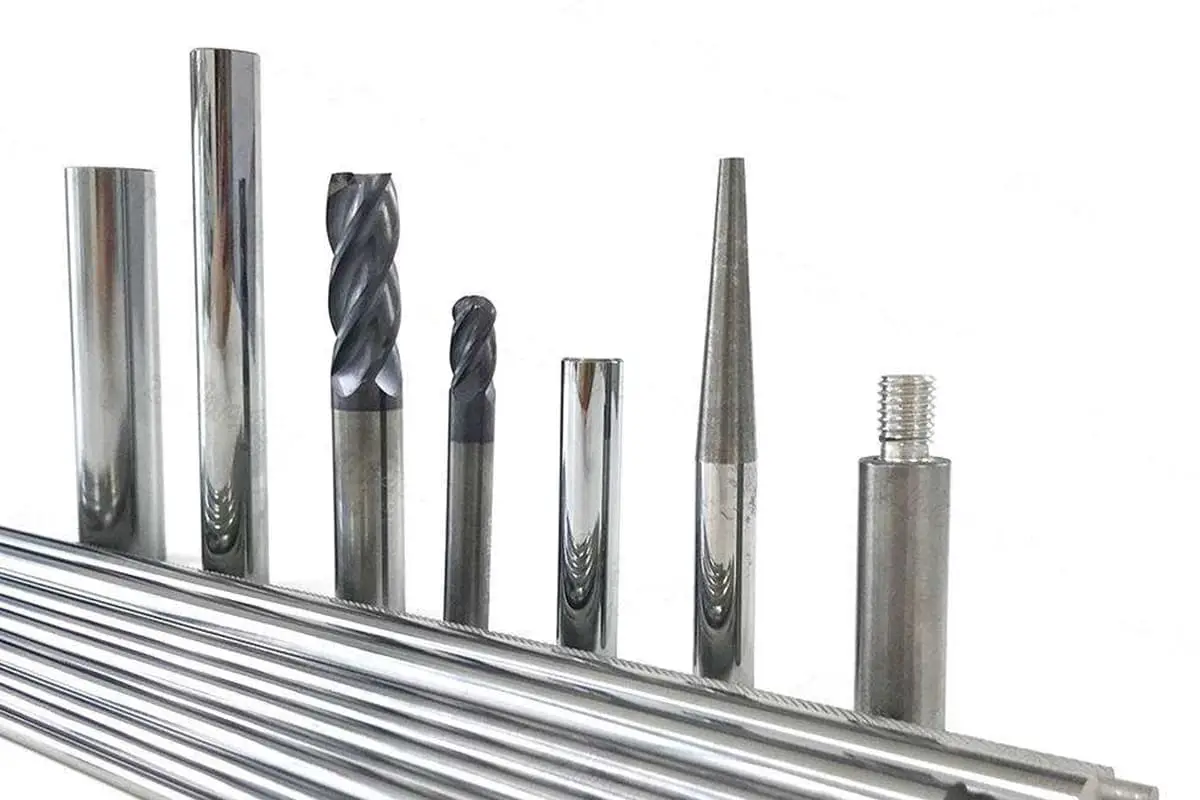
For a long time, many industry professionals have considered hard alloys to be synonymous with tungsten steel. Today, let’s discuss the differences between hard alloys and tungsten steel.
A hard alloy is an extremely hard alloy material created through a powder metallurgy process from refractory metal hard compounds and binding metals.

Tungsten carbide (WC) is the main component of hard alloy, accounting for 70%-97% of the total composition. The binding metal, typically comprising 3%-30%, serves as a binder in the alloy.
During the sintering process, it envelops the tungsten carbide powder and tightly binds it together; upon cooling, it forms a hard alloy.
Accordingly, commonly used hard alloys are classified into three categories based on their composition and performance characteristics: tungsten cobalt, tungsten titanium cobalt, and tungsten titanium tantalum (niobium) types.
The most widely used in production are tungsten cobalt and tungsten titanium cobalt hard alloys.
1. Tungsten Cobalt Hard Alloy
The main components are tungsten carbide (WC) and cobalt. The grade is represented by the code YG, followed by the percentage of cobalt. For example, YG6 represents a tungsten cobalt hard alloy with 6% cobalt content and 94% tungsten carbide.
2. Tungsten Titanium Cobalt Hard Alloy
The main components are tungsten carbide (WC), titanium carbide (TiC), and cobalt. The grade is represented by the code YT, followed by the percentage of titanium carbide. For example, YT15 represents a tungsten titanium cobalt hard alloy with 15% titanium carbide content.
3. Tungsten Titanium Tantalum (Niobium) Hard Alloy
This type of hard alloy, also known as a universal hard alloy or versatile hard alloy, is primarily composed of tungsten carbide (WC), titanium carbide (TiC), tantalum carbide (TaC) or niobium carbide (NbC), and cobalt. The grade is represented by the code YW followed by a sequence number.
Table 1: Common hard alloy grades and chemical compositions
| Grade | Chemical composition% | |||
| WC | Tic | TaC | Co | |
| YG3X | 96.5 | – | <0.5 | 3 |
| YG6 | 94.0 | – | – | 6 |
| YG6X | 93.5 | – | <0.5 | 6 |
| YG8 | 92.0 | – | – | 8 |
| YG8N | 91.0 | – | 1 | 8 |
| YG11C | 89.0 | – | – | 11 |
| YG15 | 85.0 | – | 15 | |
| YG4C | 96.0 | – | – | 4 |
| YG6A | 92.0 | – | 2 | 6 |
| YG8C | 92.0 | – | – | 8 |
| YT5 | 85.0 | 5 | – | 10 |
| YT14 | 78.0 | 14 | – | 8 |
| YT30 | 66.0 | 30 | – | 4 |
| YW1 | 84~85 | 6 | 3-4 | 6 |
| YW2 | 82~83 | 6 | 3-4 | 8 |
Note: The “X” following the grade indicates a fine-grain alloy, “C” indicates a coarse-grain alloy, and no letter indicates a general grain alloy.
Generally, tungsten steel is produced by adding tungsten material to molten steel in the steel refining process, also known as high-speed steel or tool steel, with a typical tungsten content of 15-25%.
In addition to producing high-speed steel by melting, there are also powder metallurgy high-speed steels, which avoid the carbide segregation caused by the melting method that leads to reduced mechanical properties and heat treatment distortion.
Hard alloy, on the other hand, is made using a powder metallurgy process with tungsten carbide as the main body and cobalt or other binding metals for sintering, and its tungsten content is generally above 80%.
Simply put, any alloy with a hardness exceeding HRC65 can be called a hard alloy. Thus, tungsten steel is a type of hard alloy. However, strictly speaking, a hard alloy is not necessarily tungsten steel.

